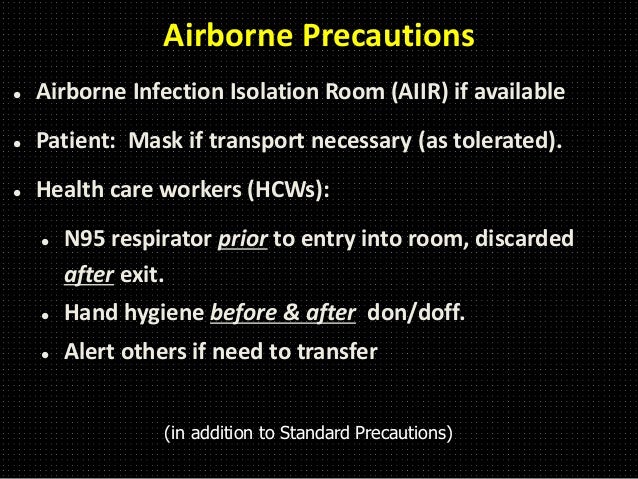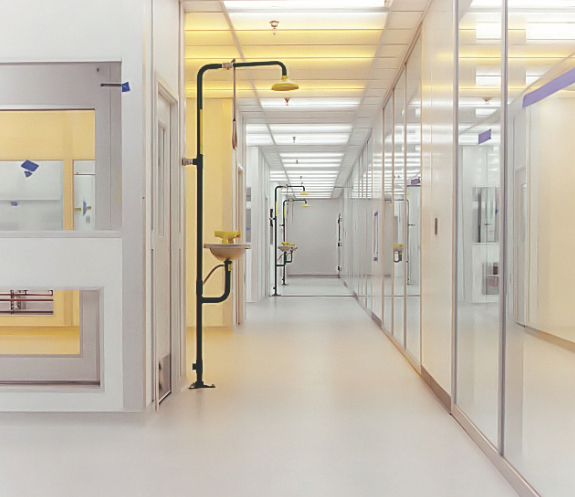

Mask must be discarded in trash after leaving the room. Wear a fit-tested NIOSH-approved N-95 or higher level respirator while in the room.

Ensure patient is placed in an appropriate negative air pressure room (a room where the air is gently sucked outside the building) with the door shut.Clean hands (hand washing or use hand sanitizer) when they enter the room and when they leave the room.Īirborne Isolation Precautions-used for diseases or very small germs that are spread through the air from one person to another (examples: Tuberculosis, measles, chickenpox).Wear a surgical mask while in the room.Visitors must check with the nurse before taking anything into or out of the room.ĭroplet Isolation Precautions-used for diseases or germs that are spread in tiny droplets caused by coughing and sneezing (examples: pneumonia, influenza, whooping cough, bacterial meningitis).Clean hands (hand washing or use hand sanitizer) when entering and leaving the room.Remove the gown and gloves before leaving the room.Wear a gown and gloves while in the patient’s room.Transmission based.Ĭontact Isolation Precautions-used for infections, diseases, or germs that are spread by touching the patient or items in the room (examples: MRSA, VRE, diarrheal illnesses, open wounds, RSV). Healthcare workers should not eat or drink in isolation rooms and should always clean their hands before entering the room and upon exiting the room. All healthcare workers and visitors need to follow these guidelines. Generally, when patients are placed on isolation precautions, there will be a sign at the door of their hospital rooms to remind visitors and healthcare workers which isolation precautions are needed. These precautions protect patients, families, visitors, and healthcare workers from the spread of germs. Isolation precautions are used to help stop the spread of germs from one person to another. Safe handling of potentially contaminated equipment or surfaces in the patient environment, and.Use of personal protective equipment (e.g., gloves, gowns, masks),.Standard precautions are the minimum infection prevention practices that should be used in the care of all patients/clients all of the time. These practices are designed to both protect the healthcare worker and to prevent the healthcare worker from spreading infections among patients.


 0 kommentar(er)
0 kommentar(er)
